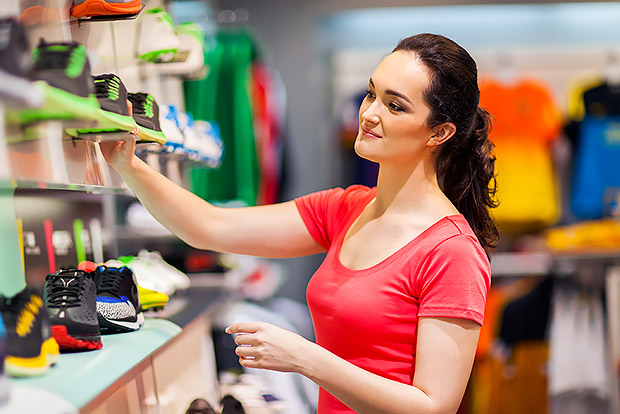
Exercising in worn-out athletic shoes increases the stress on your joints, which could lead to overuse injuries. Use this buying guide to determine when you need a new pair, and how to get the best fitting shoe for comfort and performance.
When to Buy a New Pair
The American Academy of Podiatric Sports Medicine recommends that athletic shoes be replaced every 350 to 550 miles. This is a wide range because of the many factors that influence the lifespan of the shoe. Bodyweight, how your foot strikes the ground, and your exercise surface (treadmill, trail, or pavement) all play a role in how quickly your shoes wear out. Visible wear on the soles of your shoes or any changes in foot, knee, or back pain are signs that you may need a new pair.
Assess Your Foot Type
Before buying new shoes it’s important to know your foot type. Look at an old pair of shoes and take note of the worn areas of the sole. Next, perform the “Wet Test”. Simply wet the bottom of your bare foot with water and then step on a surface that will show a footprint such as dry concrete or a flattened brown paper bag. The patterns of wear on your shoes and the Wet Test assess pronation. There are 3 basic types of pronation.
Supinated:
- Your shoes will show wear on the outside of the foot at the heel and forefoot.
- Wet Test: On your footprint, you will see your toes, forefoot, far outside of the foot, and heel. There will be no imprint of water at the arch.
- Supinated is also called underpronated.
- Look for shoes with extra cushioning to assist with shock absorption.
Overpronated:
- Your shoes will wear on the inside of the forefoot.
- Wet Test: You will see almost a full footprint depending on the severity of your overpronation.
- A stability or motion control shoe will give you the support you need in the foot and ankle.
- Avoid shoes with extra cushioning and those that are highly curved. These shoes will not give you enough stability.
Neutral:
- The wear on your shoe will be evenly distributed over the sole.
- Wet Test: Your footprint falls somewhere between supinated and overpronated. You will not have a full footprint, but more of your arch will come into contact with the paper than in the footprint of a person who is supinated.
- This is the ideal level of pronation.
- There are many neutral shoes available but avoid motion control and stability varieties as they may reduce your mobility.
Get the Right Shoe for Your Activity
Cross trainers are ideal if you do a wide variety of activities. If you perform a specific type of exercise 2 to 3 times a week, buy a sports-specific shoe. Walking shoes have flexible soles and support the natural movement of the exercise. Running shoes have more cushioning to provide better shock absorption. Trail shoes provide better traction for rough terrain. Consider your exercise environment when buying shoes. More mesh allows for better air movement and cooling. Some shoes have more reflective areas making them better for nighttime exercise.
Find the Right Fit
When shopping, you can tell a lot about a shoe by picking it up for a closer look. Mark Fenton, walking expert and former host of PBS’s "America's Walking," suggests that you twist, bend, and poke shoes before buying. A walking shoe should bend in the forefoot while a running shoe bends more towards the arch. When the shoes are placed on a flat surface, the toe of the shoe should rock forward when you press on it. Press the heel and it should rock slightly back.
When trying on shoes, pay special attention to the heel and the toe area (called the toe box). You should have about the length of a thumbnail between your longest toe and the front of the shoe. A toe box that allows your toes to move will help prevent pain and cramping in the foot. The heel should fit firmly, yet comfortably, and it should not slip.
Buy your shoes late in the day or within an hour of exercising to accommodate for foot swelling. Wear the socks that you will be wearing during exercise. Most importantly, don't buy shoes that are uncomfortable in hopes of breaking them in. They should be comfortable the first time you wear them.
Sources



 5 Ways to Burn 300 Calories this Weekend
5 Ways to Burn 300 Calories this Weekend
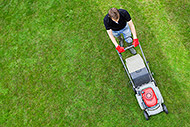 The Best Home and Garden Chores for Burning Calories
The Best Home and Garden Chores for Burning Calories
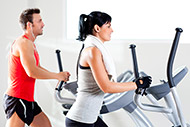 5 Tips for Making Exercise a Habit
5 Tips for Making Exercise a Habit
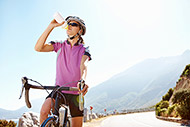 Best Ways to Stay Safe during Exercise in Hot Weather
Best Ways to Stay Safe during Exercise in Hot Weather
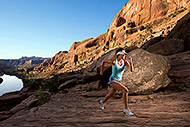 11 Tips for Exercise Motivation
11 Tips for Exercise Motivation
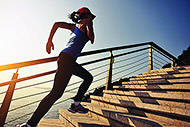 Signs You Need to Increase Exercise Intensity
Signs You Need to Increase Exercise Intensity
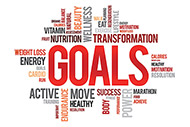 Mistakes to Avoid When Setting Fitness Goals
Mistakes to Avoid When Setting Fitness Goals
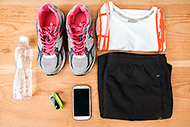 Essential Gear for Starting an Exercise Program
Essential Gear for Starting an Exercise Program

 Pinterest
Pinterest RSS Feed
RSS Feed